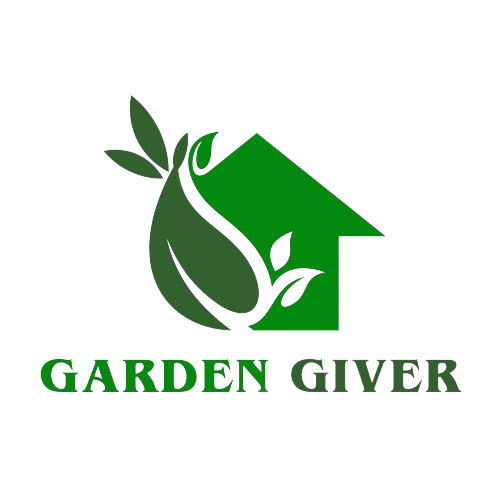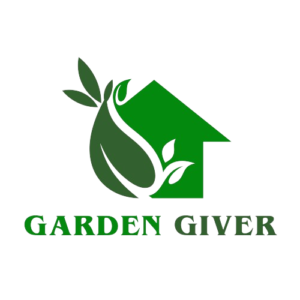Planters and Pots
Planters and Pots: The Perfect Vessels for Stylish Greenery
Planters and pots are fundamental to both gardening and interior design, playing a dual role in housing plants and enhancing the aesthetic appeal of your space. Whether for indoor decoration or outdoor landscaping, choosing the right planter can elevate not only the health of your plants but also the beauty of your surroundings. With an array of sizes, materials, and designs available, planters and pots serve as essential components in creating a green, stylish, and organized environment.
Benefits of Using Planters and Pots:
Mobility: Pots and planters allow you to move plants around as needed, whether to optimize sunlight, bring greenery indoors during colder months, or re-arrange your outdoor space.
Versatility: Available in a wide variety of shapes, colors, and materials, planters can be chosen to match your interior design style, whether it’s modern, rustic, or classic. You can easily find a planter to complement the overall theme of your space.
Controlled Growth Environment: Planters give you control over the soil quality and drainage conditions, which is essential for the healthy growth of plants, particularly in regions with poor soil.
Space-Saving: For urban spaces with limited ground space, planters allow you to utilize balconies, patios, or indoor areas to grow plants vertically or compactly.
Aesthetic Enhancement: The right planter or pot can be as decorative as the plant itself, adding a touch of elegance, modernity, or whimsy to a room, garden, or terrace.


Types of Planters and Pots:
Terracotta Pots:
- Material: Made from clay, terracotta pots are classic and breathable, allowing air and water to move freely through the pot walls.
- Benefits: Terracotta is great for plants that prefer drier soil, such as succulents and cacti, as it helps prevent water buildup.
- Style: Earthy and rustic, ideal for traditional or bohemian decor.
Plastic Pots:
- Material: Lightweight and durable, these pots are practical and affordable.
- Benefits: They retain moisture better than clay pots, making them suitable for plants that require more water. They are also easy to move due to their low weight.
- Style: Available in various colors and designs, plastic pots are perfect for casual and modern environments.
Ceramic Planters:
- Material: Glazed ceramic planters are heavy and often feature vibrant colors and designs.
- Benefits: These pots are decorative and maintain moisture well, ideal for indoor plants that thrive in consistent watering environments.
- Style: Elegant and decorative, ceramic pots add a touch of sophistication to interiors.
Concrete Planters:
- Material: Durable and heavy, concrete planters offer strength and stability.
- Benefits: They provide excellent insulation for plant roots and are ideal for larger plants and trees that need a stable base.
- Style: Industrial and modern, these planters are perfect for contemporary outdoor and indoor settings.
Wooden Planters:
- Material: Natural wood planters, often treated to withstand outdoor elements, provide a rustic and organic feel.
- Benefits: Wood is a great insulator and works well for outdoor plants. The natural look blends beautifully with garden landscapes.
- Style: Perfect for rustic or country-style gardens and homes.
Metal Planters:
- Material: Typically made from aluminum, stainless steel, or iron.
- Benefits: Metal planters are durable and can be used both indoors and outdoors. They often have a sleek, minimalist design.
- Style: Ideal for modern, industrial, or minimalist decor schemes.
Self-Watering Planters:
- Design: Equipped with a built-in reservoir that automatically provides water to plants as needed.
- Benefits: Perfect for people with busy schedules or for plants that require consistent moisture.
- Style: Available in various materials and designs, self-watering pots are practical and stylish for both indoor and outdoor use.
Considerations for Choosing Planters and Pots:
Drainage: Proper drainage is essential to prevent water from accumulating at the roots, which can cause rot. Most planters come with drainage holes, but if not, ensure you add a layer of gravel at the bottom to assist with water flow.
Size: The size of your pot should correspond to the plant’s current size and growth expectations. A too-small pot can restrict root growth, while an oversized pot can lead to waterlogged soil.
Material Durability: For outdoor use, choose materials like concrete, wood, or treated metals that can withstand weather conditions such as rain and sun exposure. For indoor use, lightweight materials like plastic or ceramic are ideal.
Style & Aesthetics: Match the design of your planter with your interior or exterior decor. For a modern look, opt for sleek, geometric shapes and neutral colors. For a more traditional or rustic feel, natural materials like wood or terracotta work well.
Weight: Consider the weight of the planter, especially for large plants. Heavy materials like concrete or ceramic might be hard to move but provide stability for larger plants and windy areas.
Popular Uses of Planters and Pots:

Indoor Planting: Indoor planters are used to display houseplants like ferns, peace lilies, snake plants, or pothos, which can enhance home or office interiors by adding a natural, calming touch.
Outdoor Landscaping: Planters allow you to create organized, beautiful displays on patios, decks, or in garden spaces. They can be filled with flowers, small shrubs, or even trees.
Vertical Gardens: Planters can be used to create vertical gardens in small spaces, providing a modern, space-saving solution for growing herbs, succulents, or decorative plants.
Commercial Spaces: In offices, hotels, or retail spaces, planters add greenery and a welcoming ambiance, creating a more relaxed environment.

